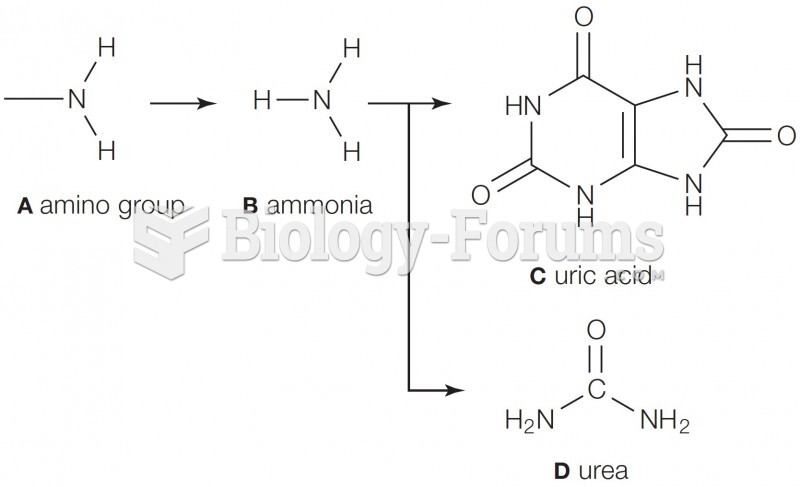Answer to Question 1
D
Answer to Question 2
With cost-plus pricing, the seller's costs are determined (usually during a project or after a project is completed), and then a specified dollar amount or percentage of the cost is added to the seller's cost to establish the price. When production costs are difficult to predict, cost-plus pricing is appropriate. Projects involving custom-made equipment and commercial construction are often priced using this technique. The government also frequently expects cost-plus pricing from defense contractors. One pitfall for the buyer is that the seller may increase stated costs to gain a larger profit base. Furthermore, some costs, such as overhead, may be difficult to determine. In periods of rapid inflation, cost-plus pricing is popular, especially when the producer must use raw materials that frequently fluctuate in price. In industries in which cost-plus pricing is common and sellers have similar costs, price competition will not be especially intense.
With markup pricing, commonly used by retailers, a product's price is derived by adding a predetermined percentage of the cost, called markup, to the cost of the product. For instance, most supermarkets mark up prices by at least 25, whereas warehouse clubs, like Costco and Sam's Club, have a lower average markup of around 14. Markups can vary a great deal depending on the product and the situation. Although the percentage markup in a retail store varies from one category of goods to another-35 of cost for hardware items and 100 of cost for greeting cards, for example-the same percentage is often used to determine the prices on items within a single product category, and the percentage markup may be largely standardized across an industry at the retail level. Using a rigid percentage markup for a specific product category reduces pricing to a routine task that can be performed quickly.







